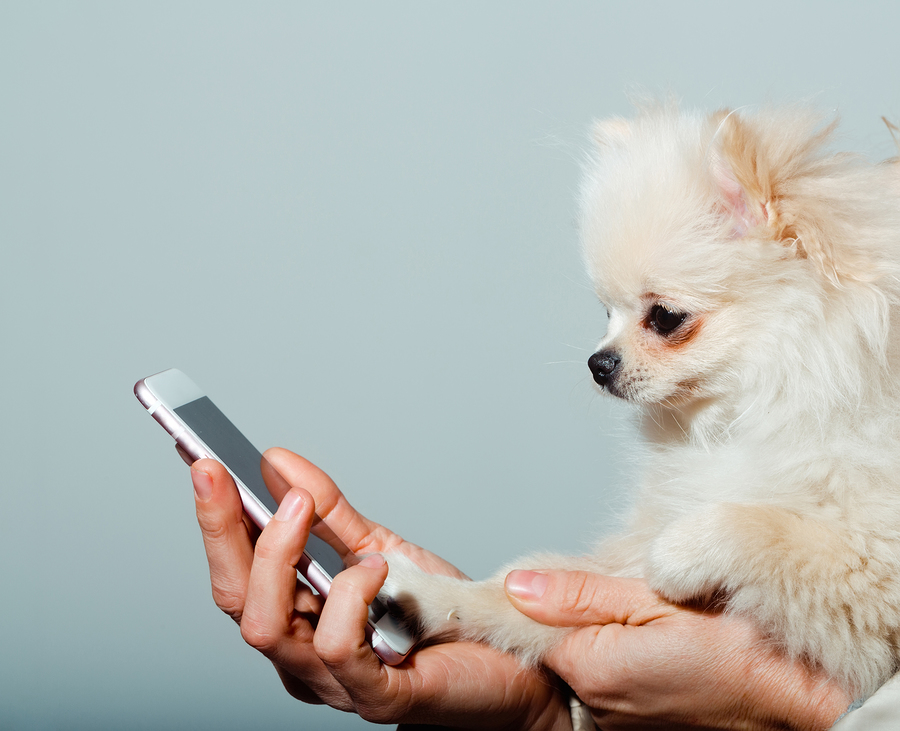Are you ready for this truth bomb?
Veterinary Behaviorists aren’t just for bad dogs!
I know, I know, a radical concept. The truth is, after fighting with my cat, who’s too smart, too fast, and far too beautiful for her own good over a peanut butter sandwich I reached my endpoint. Once I’d wrestled it away from her, I didn’t have the joy that normally comes with winning – after all, she’s seven pounds and sixteen months old – it’s not really the greatest of victories. I’d not been my best self in the moment and I won’t share what I said to her because, frankly, I’m embarrassed to repeat it. I felt like a terrible pet parent, maybe even a terrible person. I am so tired of feeling this way every time I have a snack.
When I reached out to The Behavior Clinic, they asked me who was causing the problem, after all, I have 2 dogs and 3 cats. I hung my head and admitted, I was. After all, she’s sixteen months old and I’m the one who’s responsible for creating the monster she is now – there’s been inconsistent messaging all along – and some of the behaviors that cause trouble were pretty funny in the beginning. We both got a good laugh out of the brutal truth of that moment. They assured me that there was “cat-mom training” available to help me and that, thankfully, I had reached out in time, I was not yet a lost cause.
I’ve been in therapy and I know that the only way to make progress is to be honest, especially about the things you are least proud of. That’s my plan, to approach this like therapy, after all, I want to be a better person. This cat, she’s wicked smart, I’m the one who needs to get it together. I know it’s a process, but thanks to veterinary professionals who dedicate their time and energy to improving the human-animal bond through veterinary behavior, I know, I am not alone. The veterinary community is vast and contains a wealth of resources. You aren’t alone either, no matter the struggle, reach out.
The views and opinions expressed in this article are those of the author and do not necessarily reflect the position of the DrAndyRoark.com editorial team.
